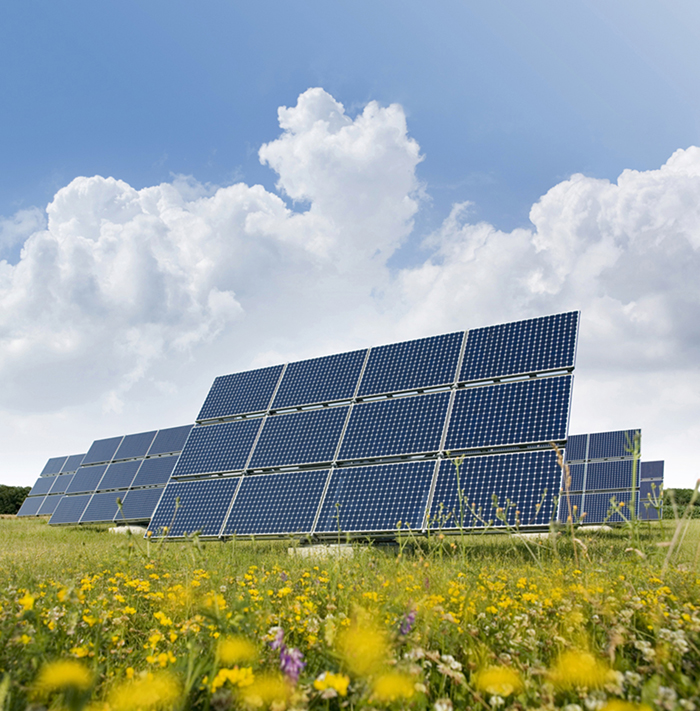Hazardous Waste Electronics Solar Panels

The intractable problem of hazardous waste disposal associated with solar panels is one more reason why they are a terrible investment.
Hazardous waste electronics solar panels. Approximately 90 of most pv modules are made up of glass. Solar panels generate 300 times more toxic waste per unit of energy than nuclear power plants. The department of toxic substances control dtsc held a public informational seminar on march 25 2019 and presented information on california s universal waste program and the proposed regulations to include waste photovoltaic modules pv modules commonly known as solar panels on the list of hazardous wastes eligible to be managed as universal waste. Solar panels rarely produce electricity never at night not much when it is cloudy and in a northern climate not when they are covered with snow and ice.
In minnesota solar panels produce electricity less than 20 percent of the time. Recently passed legislation authorizes dtsc to adopt regulations to designate used spent solar panels that are hazardous wastes as universal waste. Solar panels contain lead cadmium and other toxic chemicals that cannot be removed without breaking apart the entire panel. The problem of solar panel waste is now becoming evident.
Until the new regulations are adopted solar panels that exhibit characteristics of hazardous waste must be managed as hazardous wastes and not as universal wastes. If solar and nuclear produce the same amount of electricity over the next 25 years that nuclear produced in 2016 and the wastes are stacked on football fields the nuclear waste would reach the height of the leaning tower of pisa 53 meters while the solar waste would reach the height of two mt. Worse rainwater can wash many of these toxics out of the fragments of solar modules over time. While disposal of solar panels has taken place in regular landfills it is not recommended because the modules can break and toxic materials can leach into the soil causing problems with drinking water.
She and her colleagues most recently published synthesis and application of n doped tio2 cds poly 1 8 diaminocarbazole composite for photocatalytic degradation of 4 chlorophenol under visible light in the august 2019 issue of electrochimica acta which posits that solar light energy can be harvested for hazardous waste treatment and low. These comments and documents were received related to the draft conceptual regulatory language discussed during the july 28 2010 dtsc public workshop in sacramento california. As environmental journalist emily folk admits in renewable energy magazine when talking about renewable energy the topic of waste does not often. Public comments and documents received by dtsc on the draft proposed management standards for waste solar panels.
Solar panels often contain lead cadmium and other toxic chemicals that cannot be removed without breaking apart the entire panel.





























.jpg)


















